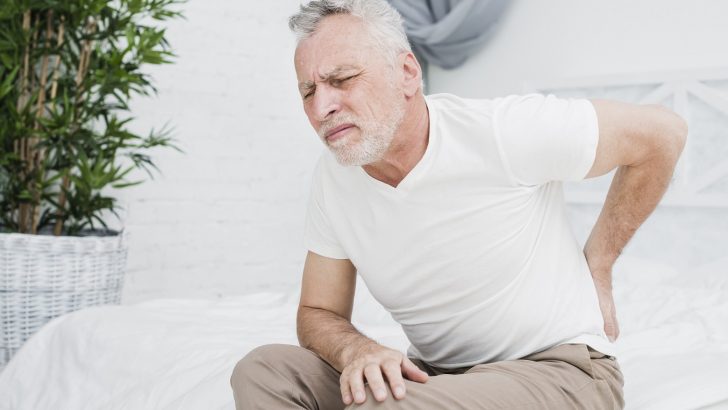Medical Matters
Every year in Ireland, over 3500 hip fractures occur in older people most of whom have no prior diagnosis of ‘brittle bones’ or osteoporosis. While the term osteoporosis was first coined in 1835, it’s a condition that has actually been identified in humans over several millenia. Today, an increased lifespan has been one of the main drivers in the exponential rise in cases. In fact, 50% of woman and 25% of men aged over 50 will sustain a low trauma fracture in their lifetime. Indeed, at least 25-30% of all cases of osteoporosis occur in males who account for a similar proportion of fractures. But it’s not just a condition of older frail people, as it can affect all adults in the entire age spectrum.
Osteoporosis
Osteoporosis is estimated to affect 300,000 people in Ireland, but in the majority of cases it is undiagnosed. This is largely because contrary to what is often thought, it does not result in pain (unless you fracture) and in the majority of cases there are no sypmtoms. This means you could be completely unware of having osteoporosis and yet be at high risk of fracture. Furthermore, about 70% of all osteoporotic fractures in the spine are undiagnosed, as they don’t cause pain and can occur spontaneously or with minimal trauma. However, they can result in a loss of height and a stooped posture.
But what are the main risk factors for osteoporosis? From the age of about 30, there is a gradual decline in bone density but this is quite marked in woman after the menopause due to a loss of oestrogen. Smoking and excess alcohol in a dose dependent fashion also causes bone loss. Poor diet with inadequate calcium intake, vitamin D deficiency and lack of weight bearing exercise is also a factor, especially in some younger adults. Furthermore, as peak bone density occurs in the late 20s, a healthy lifestyle and diet is also very important earlier in life. Genetics also plays a big part and is strongly correlated with peak bone density. In fact, if you have a parent with hip fracture it also increases your risk of breaking your hip in later life. Finally, some medications, most notably steroids are very detrimental to bone and cause osteoporosis.
However, a DXA scan is also indicated if you break a bone from a simple fall earlier in life or have strong risk factors”
Guidelines recommend a screening DXA scan to measure bone density in females aged 65+ and males aged 70+. Based on this test, it would be expected that about 25% of woman and 10% of men have osteoporosis. However, at least another 30% have a lesser degree of brittle bones called ‘osteopaenia’ which also puts them at higher risk of fracture. In fact, about 50% of fractures occur in people with osteopaenia because other factors like falls play an important role. Indeed, about one third of those aged over 65 have a fall once per year and this rises to 50% in those over 80 – so knowing whether there is osteoporosis in this age group is very important. However, a DXA scan is also indicated if you break a bone from a simple fall earlier in life or have strong risk factors.
So can osteoporosis be cured? In general, osteoporosis is a chronic condition but medications can substantially improve bone density and reduce fracture risk. For example, treatments will cut down the risk of hip fracture by about 40-50% and that of the spine by up to 70-80%. The mainstay of therapy are tablets but drug infusions, daily or twice yearly injections are also available as options, particularly for more severe cases. It’s usual to stay on treatment for a minimum of 3-5 years which may be followed by a ‘drug break’ and later by further ‘top up’ therapy. However, some will require more longterm treatment.
It’s also important to ensure adequate daily intake of calcium (800 mg) and vitamin D (800 IU) and to drink alcohol in moderation as well as avoid smoking. Ideally, this should also be combined with regular weight bearing exercises, like brisk walking (about 30 minutes per day) which in particular can strengthen the hips.
Falls though in later life often have multifactorial causes and are not just due to gait imbalance”
Finally, falls are at the root of nearly all non-spine fractures. So it’s important for older adults to take great care to avoid slippery surfaces and wear good footwear. Falls though in later life often have multifactorial causes and are not just due to gait imbalance. For example, blood pressure drops on standing increase the risk of falls and hip fracture by about fourfold. Importantly, when falls are unexplained they should always be fully investigated. In conclusion, while osteoporosis is often thought of as a ‘silent’ disease the increasing number of fractures in older adults is a reminder of how common it is and of the importance of diagnosis and treatment.


 Dr Kevin McCarroll
Dr Kevin McCarroll
